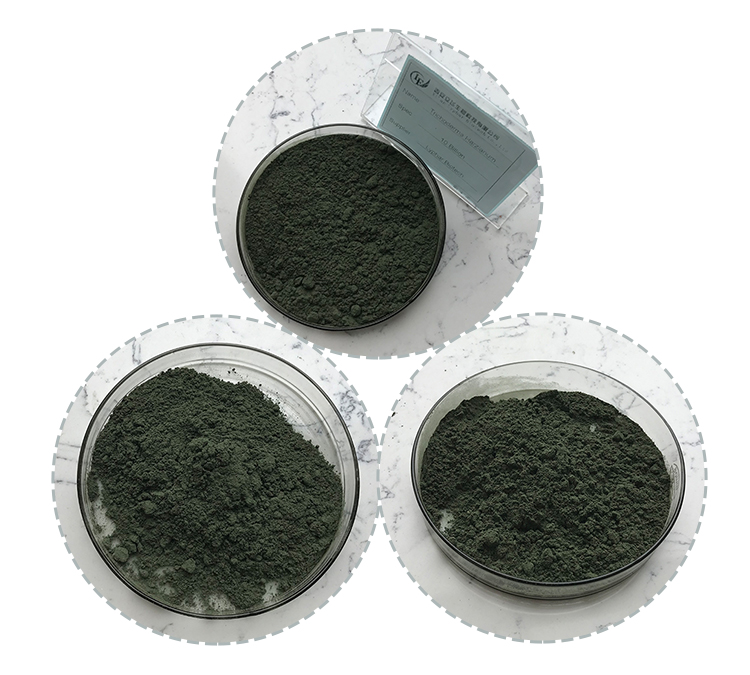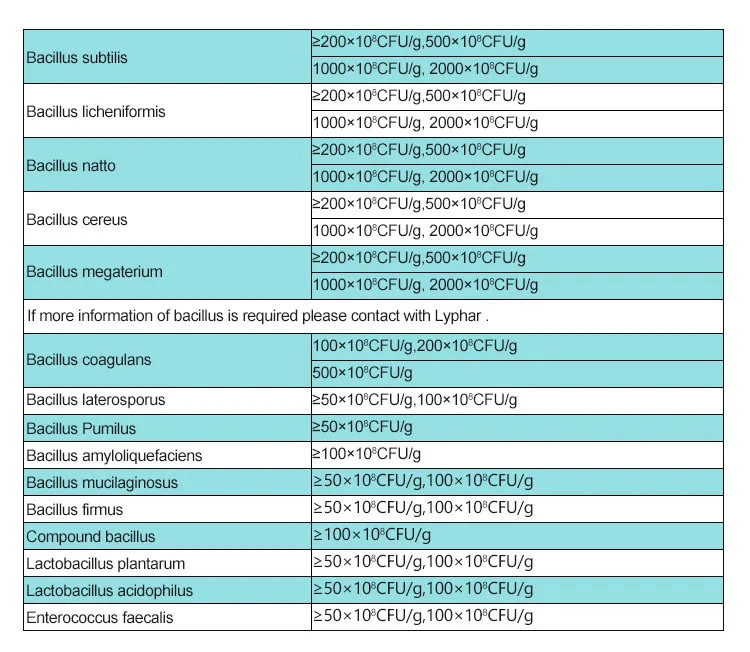Trichoderma harzianum is a species of filamentous fungus that belongs to the genus Trichoderma. It is well-known for its versatile and beneficial properties, particularly in agriculture and biotechnology. Here is a comprehensive overview of research related to Trichoderma harzianum:
1.Biocontrol Agent:
Trichoderma harzianum is widely studied for its biocontrol capabilities against various plant pathogens. It suppresses the growth of harmful fungi by competing for nutrients and space, parasitizing them, or producing antifungal metabolites.
2.Plant Growth Promotion:
Besides its biocontrol function, Trichoderma harzianum has been found to promote plant growth. It enhances nutrient uptake, induces systemic resistance in plants, and improves overall plant health.
3.Mechanisms of Biocontrol:
Research has delved into the molecular and biochemical mechanisms behind the biocontrol activities of Trichoderma harzianum. This includes the production of enzymes, such as chitinases and glucanases, which degrade fungal cell walls.

4.Secondary Metabolites:
Trichoderma harzianum is known to produce secondary metabolites with antifungal and antibacterial properties. These metabolites play a crucial role in its biocontrol activities and are of interest for potential applications in medicine and agriculture.
5.Biological Control in Agriculture:
Studies have explored the practical applications of Trichoderma harzianum in agriculture as a biofungicide, replacing or reducing the use of chemical fungicides. This aligns with the growing interest in sustainable and environmentally friendly agricultural practices.
6.Stress Tolerance and Adaptation:
Research has investigated the ability of Trichoderma harzianum to tolerate various environmental stress conditions, such as drought and salinity. Understanding its adaptability can contribute to developing more robust formulations for commercial use.
7.Genomics and Molecular Biology:
Advances in genomics and molecular biology have allowed researchers to sequence the genome of Trichoderma harzianum and study its genetic makeup. This has led to a better understanding of its biocontrol mechanisms and the identification of key genes involved in its beneficial activities.
8.Commercial Applications:
Trichoderma harzianum is commercially available in various formulations for agricultural use. Research has focused on optimizing these formulations for enhanced efficacy, shelf life, and ease of application.
9.Environmental Applications:
Beyond agriculture, there is ongoing research into the potential of Trichoderma harzianum for environmental applications, such as bioremediation of contaminated soils and wastewater treatment.
10.Interaction with Plant Microbiome:
Understanding the interaction between Trichoderma harzianum and the plant microbiome is an emerging area of research. This includes exploring its role in shaping the microbial community around plant roots.

11.Challenges and Limitations:
Research also addresses challenges and limitations associated with the use of Trichoderma harzianum, such as variability in efficacy under different environmental conditions and the need for improved formulation strategies.
In summary, Trichoderma harzianum is a multifaceted fungus with significant potential in agriculture, biotechnology, and environmental applications. Ongoing research continues to deepen our understanding of its mechanisms, optimize its applications, and explore new avenues for its beneficial use.
